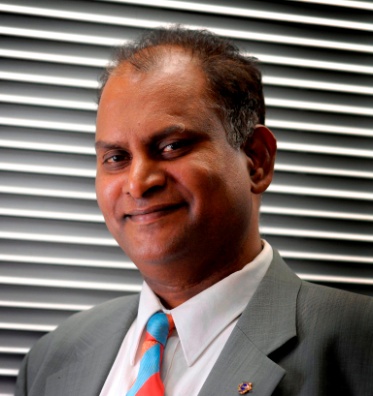报告题目:Fracture Fixation for Orthopaedic Applications – Our Research Approach and Proposed Solutions
报告人:Prof. Prasad Yarlagadda (Queensland University of Technology)
时间:2016.11.23 (本周三) 下午15:30
地点:东南院102
主持人:李志勇
Abstract:
Straight and anatomically pre-contoured metal plates are two of the internal fixators used for bone fracture treatments. Pre-contoured plates optimize the fitting between the plate shape and the bone contour at its designated location. Anatomical fitting of a pre-contoured plate allows easier reduction and correct alignment of bone fragments, and reduces the possibility of further complications or secondary corrective procedures. Despite having been used for a long time, quantitative analyses of pre-contoured plate fittings have only been studied recently. These studies highlighted that current plates fit poorly for many patients. The quantitative analysis of the fit between bones and anatomically pre-contoured plates is important for the design validation of the implant shape. In general, fit analysis is performed through manual fitting of an implant to a set of cadaver bones, where the fit is then qualitatively assessed. More recently, virtual quantitative methods were proposed for more accurate assessment of implant fitting, however with certain limitations such as simplified fit criteria or manual data processing.
The work presented here is related to the shape of a fracture fixation plate is commonly validated through a trial and error procedure, whereby a prototype shape is manually fitted to a small set of cadaver bones for assessment. Virtual methods to assess the fitting of such plates were proposed lately, however with few limitations such as simplified fit criteria or manual data processing. This study aims to automate a fit analysis procedure using clinical-based criteria, and then to analyze the results further for borderline fit cases. An automated fit analysis procedure will enable the processing of larger bone datasets in a significantly shorter time, which will provide more representative data of the target population for plate shape design and validation. As a result, better fitting plates can be manufactured and made available to surgeons, thereby reducing the risk and cost associated with complications or corrective procedures. This in turn, is expected to translate into improving patients' quality of life.
Biography: |
Prof. Prasad Yarlagadda worked in industry and university over 30 years in number of countries. He is currently Professor in Smart Systems and Project Director: Airports of the Future Research in Queensland University of Technology, Australia. He had number of distinguished appointments in various universities in India, China and Australia. He received more than $12M funding for his research for various national and international collaborators and he published more than 425 papers with number of key note speeches delivered across the world. In 2012 he received a Prestigious Great Honor Award for his outstanding and life time contribution to the discipline of manufacturing in world Arena from Materials Division of Polish Academy of Sciences. In 2016 Professor Yarlagadda was awarded Order of Australia Medal and included in Queens Birthday Honors list in recognition of his outstanding service to Engineering Profession and Indian Community in Queensland, Australia.


